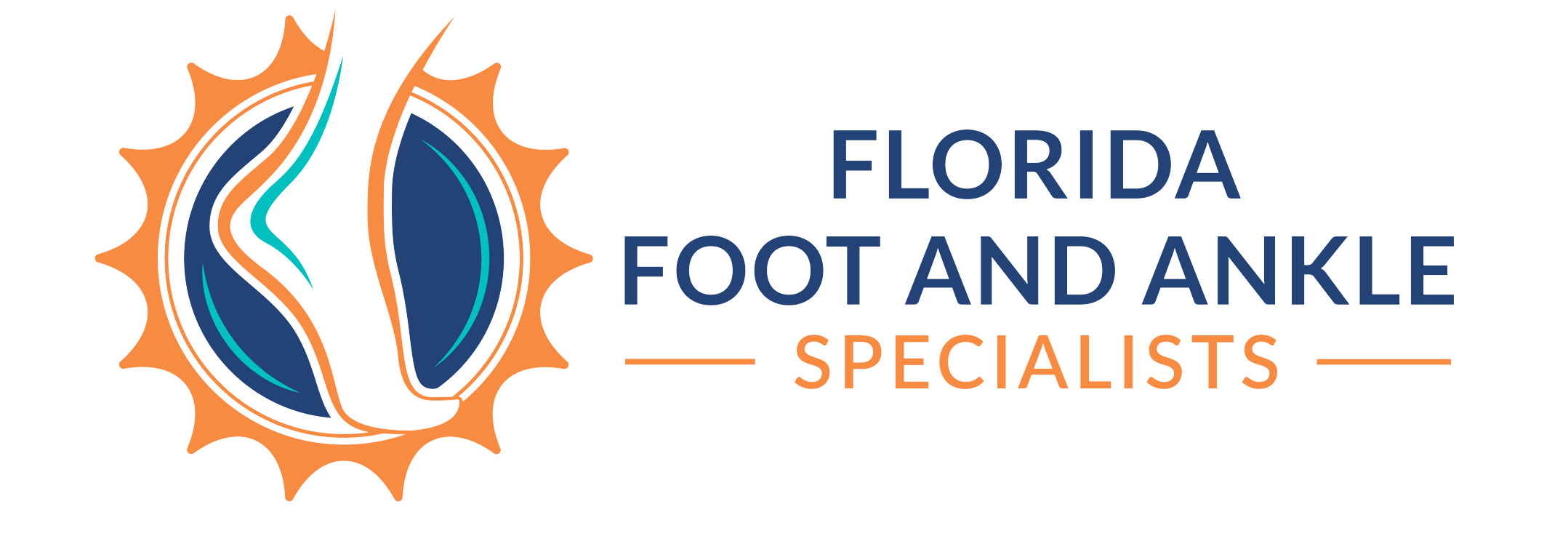
Florida Foot and Ankle Specialists
Is your son or daughter suffering from flat feet? You are not alone! The overall prevalence rate of flat feet in children is approximately 1-75%. Depending on their age, these percentages can up or down which is based off the normal development of your child. Flat feet usually appear during the first years of your child’s life and typically only persist into adulthood in a small population. The majority of arches develop in the first 10 years of life.
Pediatric flatfoot can be divided into flexible (normal arch while non standing and flattening of the arch with standing) and rigid (always flattened) categories. Rigid flatfeet can be associated with underlying pathology that requires special considerations and attention. Children are universally “flat-footed” when they start walking. The pediatric flatfoot typically has two main components: sagging of the medial arch and heel valgus. Flattening of the medial arch is a universal finding in patients with flatfoot that is common in both pediatric and adult population. It may be associated with generalized ligamentous laxity, neurologic and muscular abnormalities, genetic and collagen disorders.
Common complaints from you child who has symptomatic flat feet include: pain on the inside of the foot, pain at the back of foot/heel, pain with intense exercise or long periods of activity, fatigue with normal exercise, problems walking “normally”, diffuse pain through the feet and legs, possible pain in knees and back. In office examination typically includes: X-Rays, Weightbearing vs. Non-weight bearing foot structure, Heel Rise Test, Posterior Calf Flexibility Test, Gait (walking pattern) analysis.
After a thorough examination, your specialist will recommend a proper treatment course. This may include stretching and strengthening exercises, which encourages loosening of tight structures and strengthening weak tendons, muscles, and ligaments. Custom orthotics are often a mainstay in treatment. They can offer significant improvement in pain and function over time. They can help restore structure and support to the inside and outside of the foot, control abnormal joint movement, augment the posterior tendon, and neutralize structural issues that cause compensation. Physical Therapy is also a valuable tool to encourage stretching and strengthening while improving proprioception and postural balance. Other treatments may include activity modification, shoe gear modification, and anti-inflammatories. Surgery is typically a last resort.

